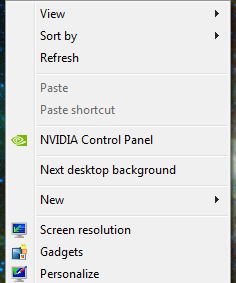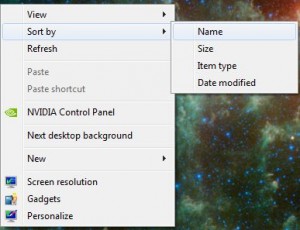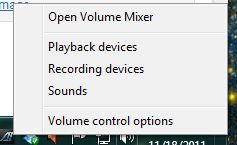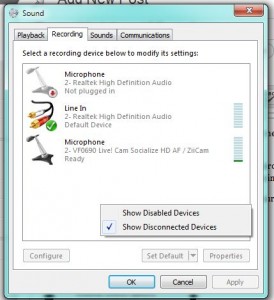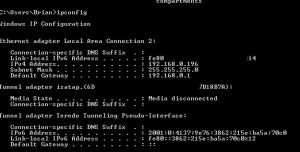There’s nothing like the feeling you get when your computer crashes or when something doesn’t work that used to work just fine. Frustration, stress, panic all add up to confuse what is usually a pretty simple issue. There is no quick and foolproof way to figure these problems out but here are some suggestions.
1. Don’t panic. Computer problems are often quite simple to resolve. Ask yourself some questions before you call for help:
a. What were you doing just before this happened?
b. Was there a recent power outage or storm?
c. Did you click on a link in an email?
d. Has anyone else but you used the computer lately?
e. Have you downloaded or installed new software?
f. Is your malware/anti-virus up to date and have you done a scan recently?
2. Troubleshooting a computer problem is a step-by-step process. You have to figure out what’s working and what isn’t. If the computer itself isn’t working, work through a process that includes your power supply, monitor (maybe your computer is on but you just can’t see it!), hard drive, DVD drive and so on. If you can’t power up, it could be a power cord, a power supply, a blown fuse or something as simple as a stick of RAM that has been jiggled out of place. Don’t assume that it’s a motherboard problem. When HP or BestBuy can’t figure out your problem in two easy steps, they will often say, “It’s your motherboard.” I’ve been around computers enough to know that this is rarely the case.
3. Rebooting your computer often gets rid of problems. Shut it down and wait for a few minutes before starting it up again. Assuming that your computer boots (starts), you can boot into safe mode for repairs if it doesn’t run properly in a normal environment. Safe mode is easy to start, check out how in this post. It also helps to run your anti-virus or malware protection from Safe Mode.
4. If your computer was working well yesterday but isn’t today, consider using System Recovery to set everything back to yesterday’s settings. This is available in every Windows computer.
5. I know it sounds expensive and a waste of money but I think it’s a great idea to have at least two computers in your home, even if you are single. Why? Because you can use one computer to fix the other. Using Google to search for solutions has always helped me solve problems. Don’t underestimate the power of a $100 computer when you need to repair your $1000 laptop or desktop.
6. People are very helpful and you’ll find all kinds of assistance online. There are manufacturer’s forums, open forums, even Twitter to look for help.
7. Don’t assume that it’s user error. Sure, you may not know anything about computers but you’re not a complete idiot, either. Many tech people talk down to callers who seek help. Most of the time you can find the problem yourself without help and most of the time it’s not your fault. I learned about computers by breaking them, then fixing them. Let me tell you that you learn more when something doesn’t work than when everything runs smoothly. Life long learning, right?
Check out my brand new Facebook page. Feel free to like it and ask questions. I’ll do my best to answer you quickly.
Thanks for reading!
